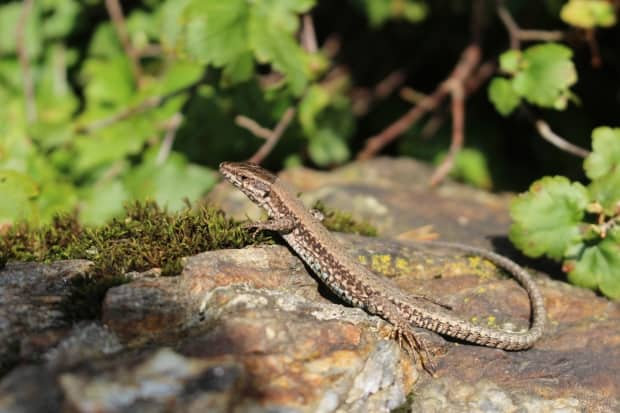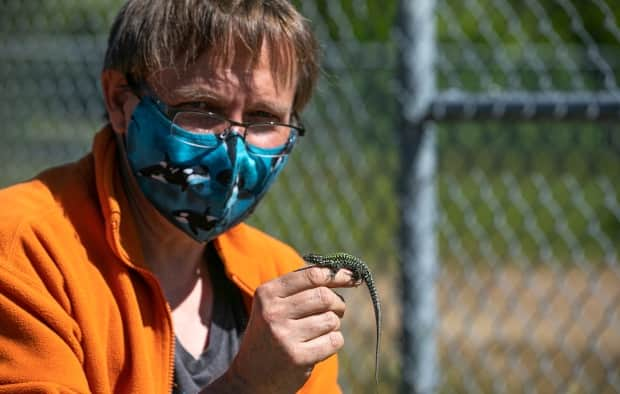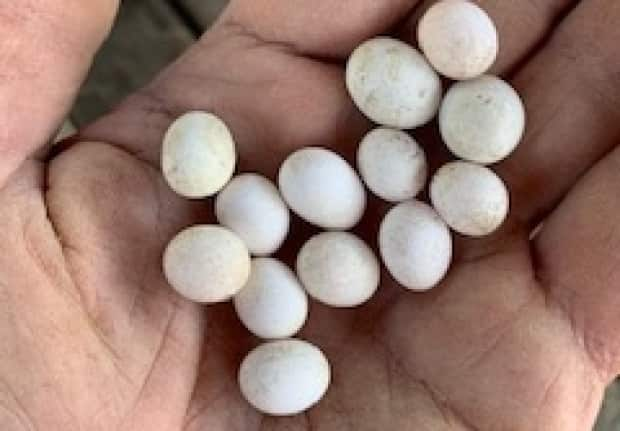Invasive lizards multiplying in Greater Victoria have now reportedly been sighted on Southern Gulf Islands

British Columbians have been under travel restrictions this spring but that doesn't seem to have stopped a few reptile residents of Greater Victoria from sneaking aboard a ferry.
The common wall lizard, which hails from Italy, first appeared in southern Vancouver Island in the late 1960s when a few were released in Saanich.
Now, according to one expert, the population in B.C. has exploded to an estimated 700,000 — and in the past few weeks there have been reported sightings on Salt Spring Island and Pender Island for the first time.
Gavin Hanke, curator of vertebrate zoology at the Royal B.C. Museum, said the impact of the lizards on the natural ecosystem has not been extensively studied, but they have been spotted eating mason bees and newborn garter snakes.
"We should have eradicated them in the 1970s," said Hanke. "We are way beyond eradication now."

The lizards, which can be up to 21 centimetres long, have scales on both the front and back of their bodies. Females are grey-brown with a light green speckle pattern and males can have bold black and green spots across the back.
They can be found basking on rocks in the sun or scurrying through long grass and they also like to hang out on fences, rock walls and wood piles.
Hanke said some property owners in Saanich with acreage estimate they have about 5,000 lizards living on their land.
"I can catch one a minute in a good spot," he said.
Spot and report
How the lizards made it to Salt Spring and Pender is unknown, but Hanke has a few theories. Common methods of movement are in camping gear, loads of firewood or even in the custody of a kid who caught one and wanted a pet.
The eggs can also travel in flower pots, where they can hatch if undisturbed. The common wall lizard can lay several batches of eggs a year.

There is no current government management plan for the reptile, said Hanke, who says the best thing people can do right now is report one if they see one.
To report a sighting, visit inaturalist.org, where you can upload and image and provide location details.
INaturalist is a joint initiative by the California Academy of Sciences and the National Geographic Society and shares data with scientists around the world.

